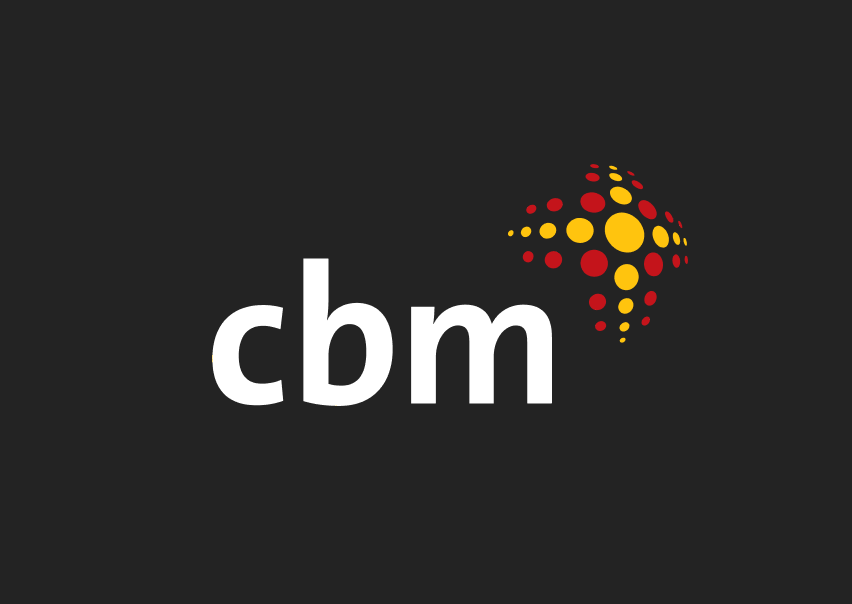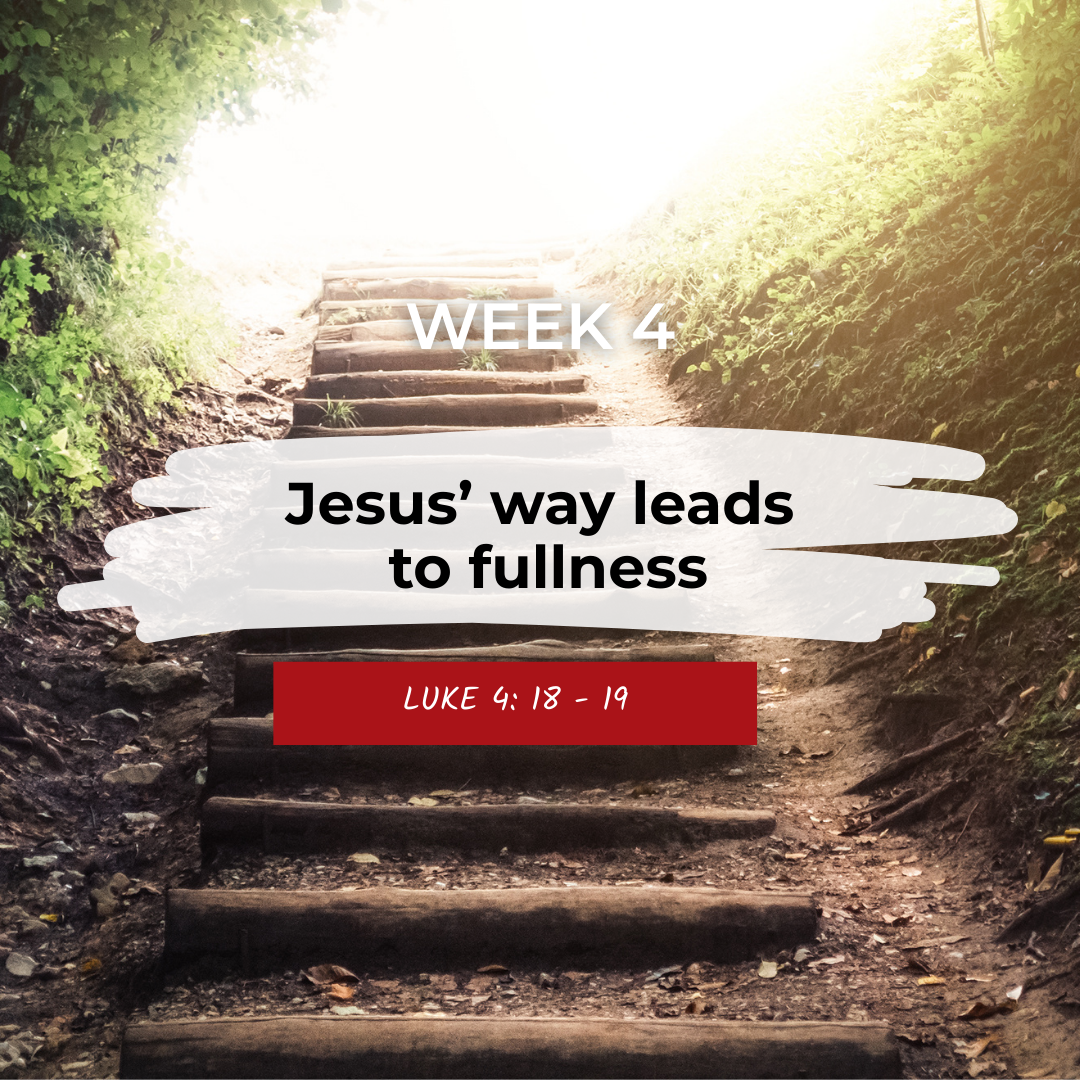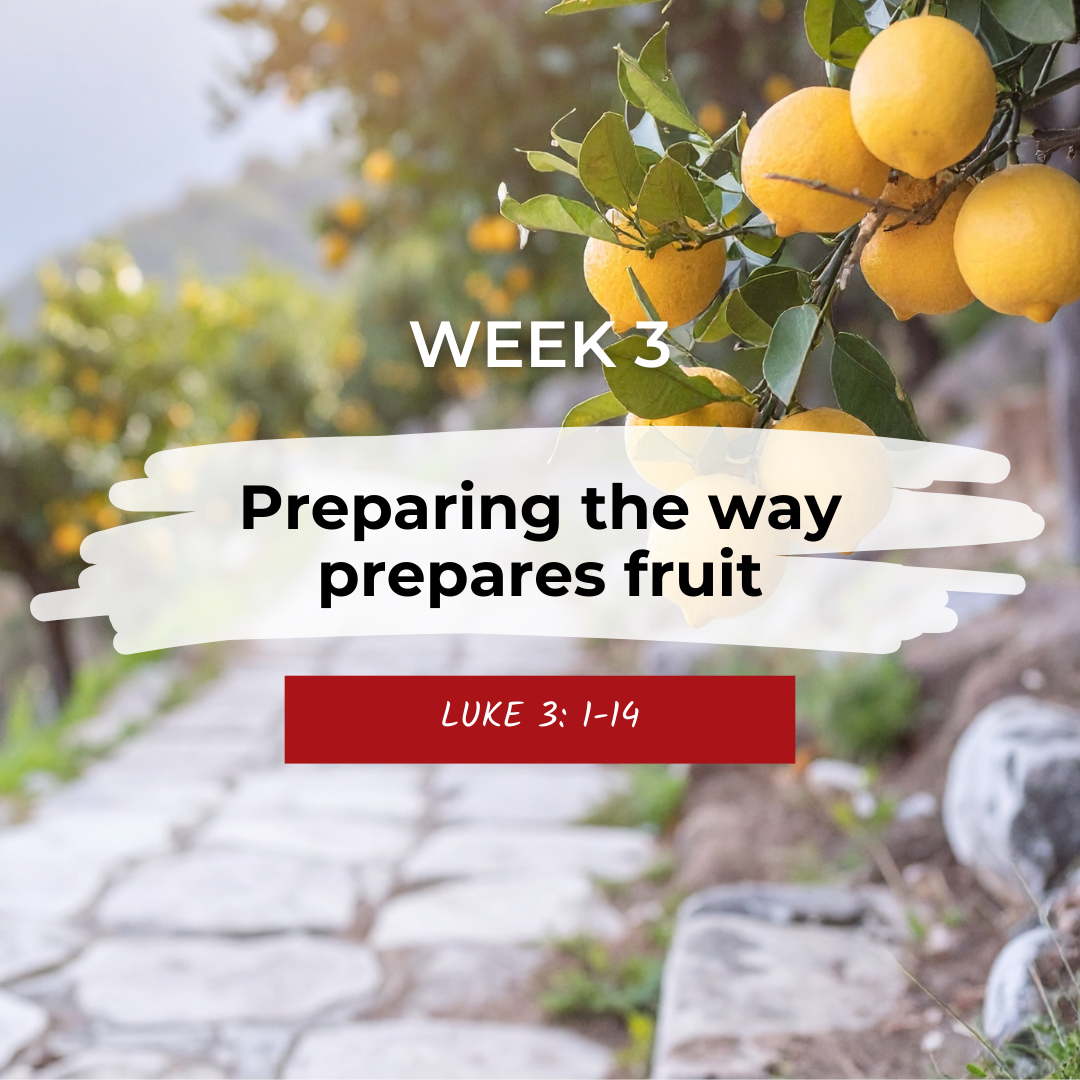A Vision for Leah
Stories | June 6, 2019
Leah’s family
Leah lives with her parents Shanitah and Christian, brother and three cousins in a small, incomplete brick house in central Uganda. Unlike other family members, Leah has two white spots in both eyes. Her mother Shanitah knows that these spots in her eyes are why her vision is not good.
Leah knows the corners and obstacles of her home area. But when she is away from common surroundings, she bumps into things and often falls.
“Leah’s eyes are in her hands,” Shanitah says. “For entry or exit, she uses her hands to feel the edges to jump over the veranda and stairs.”
Shanitah and Christian searched for a cure for Leah’s vision impairment
When Leah was three months old, Shanitah and Christian took her to Kayunga hospital, a large government hospital, to see a doctor. Efforts to see an eye specialist failed, as he mostly worked from his private clinic.
“We were referred to see [a different] eye specialist outside the hospital in her private clinic”, Shanitah said. “The doctor there gave us eye drops, which we applied, but the white spots instead became more visible.”
Shanitah went back and forward with Leah to Kayunga hospital until the doctors referred her to Nalufenya, a children’s hospital in Eastern Uganda.
A staff member at Nalufenya advised Shanitah to take Leah to Kampala Capital City Authority (KCCA) health centre in the capital city of Uganda. Shanitah went to Nalufenya with Leah, while Christian took care of their home.
At the KCCA health centre, Leah was referred to Mulago National Referral hospital, the biggest government owned hospital in the country.
“At Mulago, I thought my daughter’s woes would come to an end immediately”, Shanitah said. “But every time I went to this hospital, the ophthalmologist was away.”
After several attempts to get treatment at Mulago hospital, Shanitah was advised by one of the nurses to take Leah to Mengo eye department, which specialises in eye services in Uganda.
A costly solution
Money was hard to come by. Shanitah and Leah’s stay in Kampala, along with Leah’s hospital visits, had cost more money than Shanitah and Christian had to spare. Still, in May 2018, Shanitah visited Mengo eye department with Leah, where they explained the cause of her low vision: Leah was diagnosed with cataracts in both eyes.
“To be able to pay for the surgery, I think we would need to save money for a full a year at least,” Shanitah said.
It is not only Leah’s disability that can make her life difficult. Other children leave her behind when they go to play, and people approach Leah and her mother out of pity or curiosity.
“Some stop me on the way, they offer advice,” Shanitah said. “They gaze at Leah. She feels uncomfortable when people look at her that way.”
Both Leah’s parents rely on selling seasonal vegetables to sustain their family.
“The vegetables are perishable, and this leads to losses,” Shanitah said. “Some seasons are so bad that the vegetables are scarce and get pricier. But people are not willing to buy if you increase the prices.”
If the family income is inadequate for day-to-day living, how can the family afford medical treatment for Leah?
$33 can help save a child’s sight. Donate now.
https://www.cbm.org.au/stories/a-vision-for-leah
Related Stories

Share your advocacy preferences with us
Thank you for helping us to advocate for the one billion people with disability globally. CBM Australia advocate across...

Advent 2025: Jesus’ way leads to fullness
The way of Jesus gives people freedom and empowers them to live out their God-given purpose. The last few weeks...

Advent 2025: Preparing the way produces fruit
John the Baptist called people to prepare for God’s presence through repentance and by producing fruit (acts of justice,...
